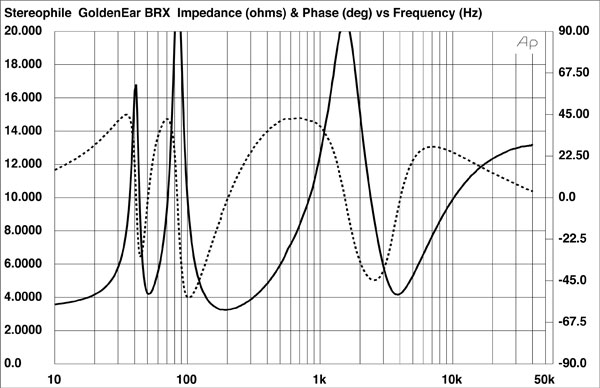Define "had problems". Stability? Did not meet stated power? Distortion went up?
@ It's been a long long time so tough to remember in detail. Big reduction in output voltage at inductive/capacitive phase angles, presumably because the amp could not supply enough current. There were some ugly behaviors at clipping like DC and spurious waveforms, I'd think also related to protection.
@ Don't know about distortion since we were never testing that at nonresistive phase angles. Has anyone? That could be an interesting area of research although see below
EPDR does not define how "difficult" a load is to drive...a low EPDR could push an amplifier beyond its thermal limits, but unlikely given the nature of music.
@ I see, I wouldn't disagree with that.
@ What I would expect is that if you had a speaker with a 200 ohm EPDR, even an inexpensive amp could push to its voltage rail before clipping. Whereas if the speaker had an EPDR of 0.2, you would see clipping at voltages well below. In other words the output power would limit quite below the rated power.
@ That is a different animal than power dissipation, so discussion is maybe at crossed lines here.
@ Also if you convert to decibels, how significant? I don't know.
...how often do we see speakers with very low EPDR hooked up to what would typically be low cost BJT gear running near its limits.
@ I'd posit we don't much idea, really, if by "low cost BJT" we are including AVRs.
@ Even on forums for enthusiasts, you can find many threads asking about the "ohms" of the speakers and revealing ignorance-and that's just the folks who know enough to ask, never mind the general public, so we certainly cannot say that people are all careful not to connect "difficult" speakers to less "beefy" amps.
@ Though back to what I said above and "near its limits" how often is this really a problem ????
@ I wonder if I could find a decent but not crazy expensive storage oscilloscope and/or truly fast peak hold voltmeter app or something, to see if that X3600H is even coming near its voltage rails...
I believe Atkinson's use of EPDR is not anything to do with long-term dissipation. Rather a kind of guide of which speakers will stress amplifiers more such that they deliver less power than they should. Certainly it's not some magical figure of all merit, it's just a way to try and compare speakers beyond the rated "ohms" but distilled down to a number people can use. For instance, I'll often see threads where the OP asks about how big an amp is needed and people chime in with room and distance and dB
BUT nobody ever notes that difficult speakers may need a "beefier" amp...which is more than just the power spec into resistors anyway.

